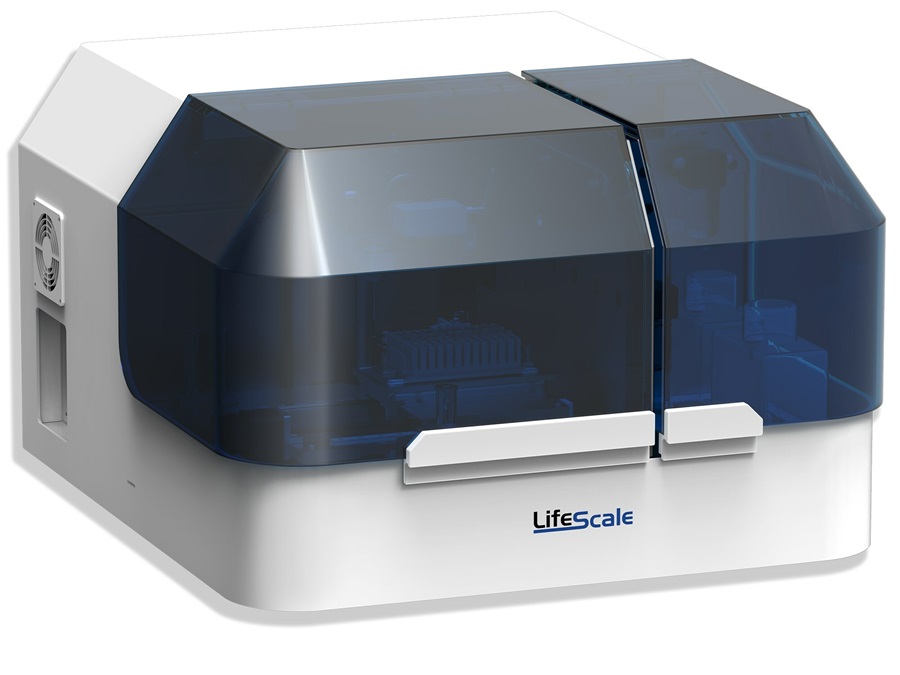Twenty Pneumococcal Serotyping Methods Evaluated
By LabMedica International staff writers
Posted on 30 Nov 2015
A pneumococcal serotyping method suitable for use in carriage studies should have high sensitivity, including the ability to detect multiple serotypes, detect most or all serotypes, be suitable to scale up for large projects, and be practical for resource-poor countries. Posted on 30 Nov 2015
About 800,000 young children, mostly living in low-income countries, die annually from pneumococcal diseases and vaccine development requires accurate carriage studies with high sensitivity and the ability to detect multiple serotypes in individual samples. Pneumococcal disease is caused by the Streptococcus pneumoniae bacterium.

Image: Scanning electron micrograph of Streptococcus pneumoniae (Photo courtesy of the University of Manchester).
A team of scientists led by those at the Murdoch Childrens Research Institute (Parkville, Australia) established the PneuCarriage project, a large, international multicenter study dedicated to the identification of the best pneumococcal serotyping methods for carriage studies. The team distributed reference sample sets to 15 research groups for blinded testing. Twenty pneumococcal serotyping methods were used to test 81 laboratory-prepared spiked) samples. The five top-performing methods were used to test 260 nasopharyngeal field samples collected from children in six high-burden countries. Sensitivity and positive predictive value (PPV) were determined for the test methods and the reference method which is traditional serotyping of more than 100 colonies from each sample.
Fifteen methods detected the major serotype in the spiked samples with equal to or greater than 70% sensitivity, but only eight detected minor serotypes at the same threshold. For the field samples, a culture microarray method had the best overall performance (95.8% sensitivity and 93.9% PPV), while a more affordable culture and latex sweep method that has been used in low-income settings showed promising performance (79.8% sensitivity and 91.4% PPV). The 260 field samples contained 307 serotypeable pneumococci. Forty-nine of the known 97 serotypes, including 12 of the pneumococcal conjugate vaccine 13 (PCV13) types, were identified at least once. PCV7, PCV10, and PCV13 types represented 27.1%, 29.0%, and 45.6% of the 307 serotypeable pneumococci, respectively. Serotypes 19F, 23F, 6A, 15B/C, 19A, 14, 16F, 6C, 11A, 13, and 6B were the most common and together accounted for 68% of the total.
The authors concluded that that although most of the recently developed serotyping methods detected the dominant serotype in a sample, many failed to detect minor serotypes. Moreover, the performance of similar methods varied markedly, and methods optimized for testing pure isolates did not necessarily work well when testing more complex samples. These findings identified microarray with a culture amplification step as the top-performing method, but, importantly, this study did not test all the available serotyping methods. The study was published on November 17, 2015, in the journal Public Library of Science Medicine.
Related Links:
Murdoch Childrens Research Institute












.jpg)
